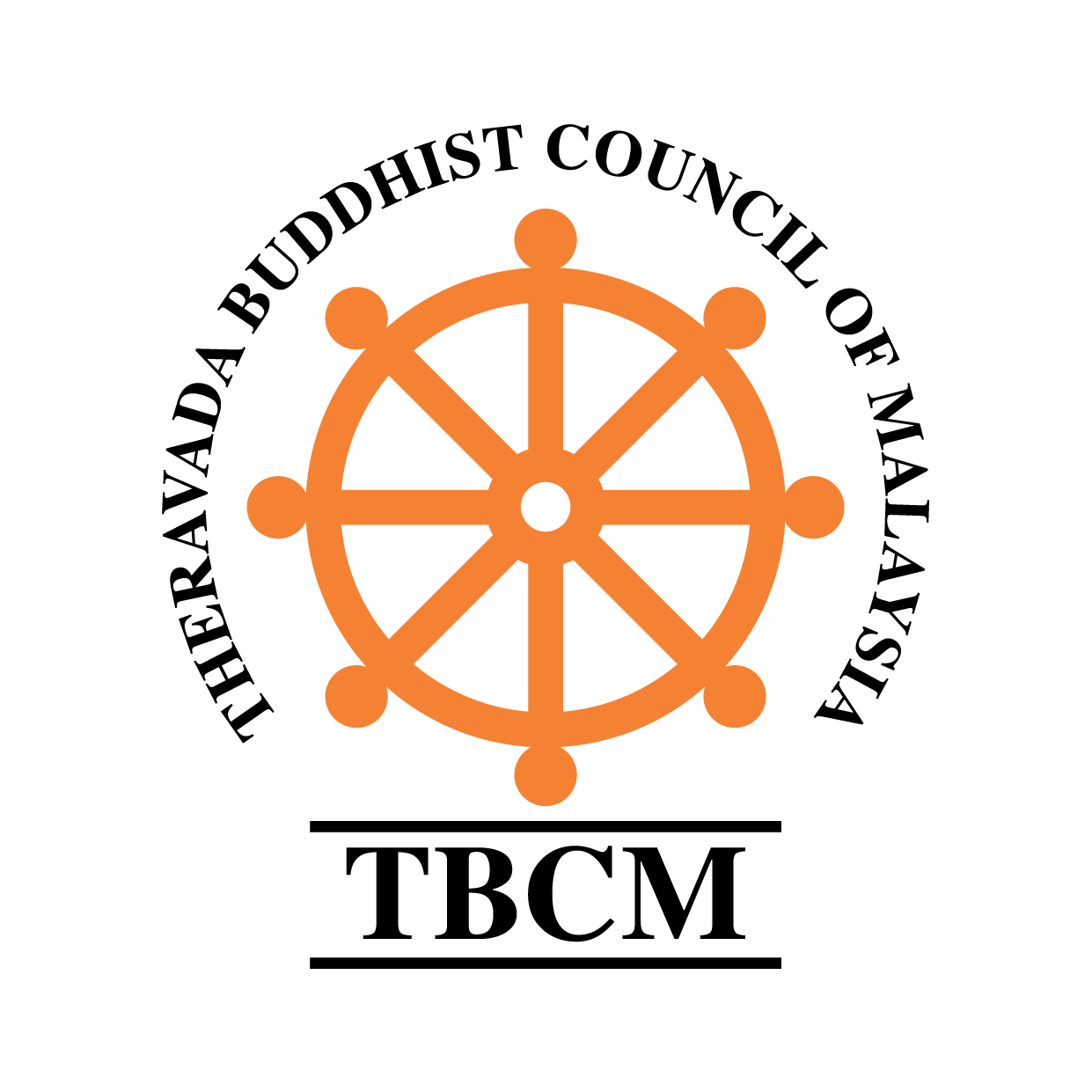Kathina ceremony (Robes offering)
“Kathina” in Pali refers to the wooden frame which monks in ancient India used to sew their clothes on. The clothes thus prepared came to be known as Kathina clothes. On the Kathina frame the cloth could be stretched for cutting or sewing. Such a device was an aid to unskilled monks who made their robes from cast-off scraps of cloth which they cut with a knife.
The robes of today are made of new cloth but still consist of fourteen “patches” sewn together. The Buddha allows Kathina robes to be presented to the monks who have completed the three-month period of rains retreat.
The event in which the robes are offered to the monks is, therefore, known as the Kathina Ceremony or more commonly, the Robe-Presentation Ceremony.
Kathina is a main festival that is celebrated during October or November by Theravada Buddhists (i.e. the southern schools, mainly Sri Lanka, Thailand, Myanmar, Cambodia and Laos).
A worthy monk is chosen to receive a new robe, and then other monks are assigned to make it. During this time, it is said that acts of generosity will bring great merit to those who perform them.
Five monks who have spent Vassa correctly must be present at the festival. Vassa is the period of September and October when heavy rain stops the monks from wandering from place to place and causes them to settle down in a temple to apply themselves more strictly than usual to their religious way of life.
Historical Background :
About four or five years after attaining Enlightenment, the Buddha was dwelling at Jetavana Mahã Vihãra near Sãvatthi City, the capital of the Kosala kingdom ruled by King Pasenadi.
A group of thirty monks who had been ordained by the Buddha himself came from Sãket city east of Sãvathi just after the three months Rains Retreat Observance to visit the Buddha. The Buddha greeted them, asked them about their retreat and journey, and noticed their wet and torn robes. The lady disciple of the Buddha, Visakha Mahã Upãsikã was also there visiting and listening to the Buddha expounds the Dhamma. When she saw the monks in tattered and worn robes, she asked permission of the Buddha to offer new robes to the monks, and the Buddha granted her request. Since then the Buddha granted the monks the opportunity to search for robes in various places and even to accept robes offered by donors during the period of one month from the middle of the Eleventh Lunar Month to the middle of the Twelfth Lunar Month. This period is called Kathina.
As there were no sewing machines or textile factories in those days, the preparation of robes for monks required a lot of manpower and coordination. It could not be done in a single day.
The Buddha realized this problem and allowed his lay disciples to prepare and make robes for any monks who needed them. The process required searching for appropriate cloth, washing it, cutting it, sewing the pieces together into robes, colouring the robes, and drying them. After that, the robes were distributed to the monks who needed them with the consent of the Sangha, the community of the Monks.
Wishing all a Happy and Fulfilling Kathina month
filled with gratitude, harmony, peace and loving kindness.
Follow TBCM on
Facebook .. http://tiny.cc/TBCMfb
Instagram .. #tbcMalaysia
Telegram .. https://t.me/TBCMy
YouTube .. http://tiny.cc/TBCMYouTube


